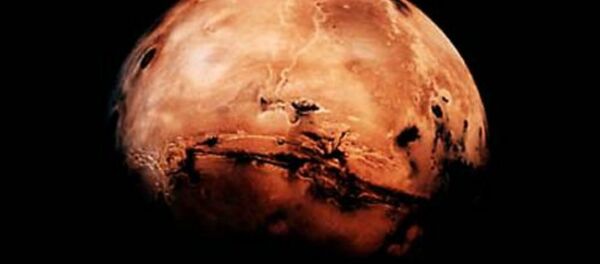Nitrates are the molecules that make it easier for living things to access Nitrogen from the Earth’s atmosphere, a key component of amino acids and other biomolecules. Scientists are now saying that they have found evidence of the molecules in samples collected from Mars’ sedimentary rock during the Curiosity Rover mission.
The findings were published in the journal, Proceedings of the National Academy of Sciences, and support the idea that the red planet, which is now dry and barren, was once hospitable to life.
"People want to follow the carbon, but in many ways nitrogen is just as important a nutrient for life," lead author and planetary geochemist at NASA Goddard Space Flight Center Jennifer Stern said. "Life runs on nitrogen as much as it runs on carbon."
The samples were collected by the Curiosity Rover from three different sites on Mars, all of which were part of a detour from the Rover’s main mission, one that apparently proved extremely fruitful for NASA scientists. Samples were collected from aeolian deposits from the Rocknest site, and mudstone deposits from the John Klein and Cumberland sites, before they were stored and processed by the Sample Analysis at Mars (SAM) instrument in Curiosity.
The rocks were cooked in SAM’s oven and scientists analyzed the resulting gases. In studying the samples, scientists had to carefully subtract that amount of contamination from the Rover itself. What they found was a significant amount of nitric oxide, which they believe came from nitrates before the rocks were heated and cooked.
"What we’re detecting is a nitrate oxide," Stern said. "But we know from lab experiments when we heat up nitrates, they break down in a predictable way, and that’s why we think these are nitrates."
The scientists found enough nitrogen in the samples to account for an amount of nitrates equivalent to that present in extremely dry places on Earth, such as the Atacama Desert in South America.
While nitrates are usually produced by living things on Earth, Stern said that in the case of Mars, her team believes they were created during a “thermal shock”, such as a lightning strike or an asteroid impact.
"We’re going to try to understand whether this process is still happening today at all," She said, outlining the team’s next steps. "Or whether this all happened in the past in a different Mars, in a different climate regime, in a different atmosphere."





